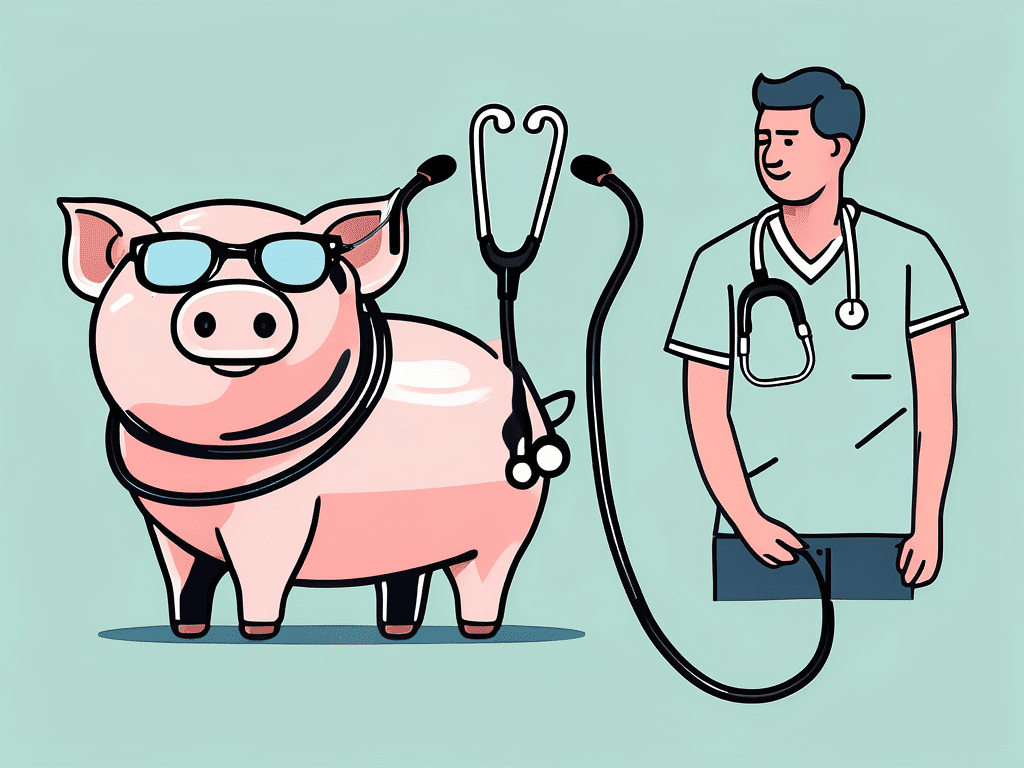Pet ownership has reached new heights, especially during the pandemic era. Statistics show that there’s been a rise in the rate of households owning a pet in the last couple of years.
According to Animal Medicine Australia’s November 2022 survey, the country’s pet population is 28.7 million, with 6.9 million families having a pet today – that’s 69% of all Australian households! These figures are significantly higher than those recorded in 2016 and 2019, which only tallied 61% of households owning pets.
However, only around 29% of fur parents are paying for pet insurance, 17% of which are dog owners, down from 30% in 2019, while the proportion of insured cat owners fell from 21% to 12% over the same period. One of the top factors for this is that they found pet insurance too expensive.
Pet insurance may appear costly at first glance. But if you look into its specifics, you will realise that several factors influence the premium. This article will help you understand these drivers that determine how much pet insurance is and the options you have to adjust the price.
Related article: Pet Insurance Costs
Factors related to your pet
Species
In large, most pet insurance providers cover domesticated dogs and cats. But, they don’t have the same amount of premiums. Insuring a dog is typically more expensive than cat insurance. This is because felines traditionally require less medical treatment over their lifetime, while dogs are said to have more medical issues than cats.
Age
Similar to humans, the age of your pet is often used to determine how much their premium is. The younger they are, the cheaper their insurance is. An older pet could yield a higher premium because they are maybe more prone to health risks.
It could be worth getting insurance while your furry friend is still young to enjoy a lower premium. Aside from that, you have the peace of mind that their health is secure at an early age. Whatever happens to them at any point, you can take comfort that they are protected.
Breed
Certain breeds may be genetically predisposed to illnesses, and so it affects how much pet insurance is. For instance, purebred dogs are usually more expensive to insure than crossbreeds as they have a greater risk of developing hereditary disorders.
In addition, different breeds also come in different sizes. Say, for example, a german shepherd versus a chihuahua. Due to their size difference, insuring a german shepherd had a tendency to be more expensive. The larger your pet is, generally the higher the premium because larger breeds are, unfortunately, often more prone to medical conditions like hip and elbow dysplasia, and heart disease.
Gender
Females are typically cheaper to insure than males. If you compare them both, females are said to be less likely to develop diseases and can recover more quickly when they encounter accidents or illnesses. Males, on the other hand, tend to be more boisterous, which could result in accidents or fights with each other.
Location
Yes, where you live could also affect your premium. For one, treatment costs vary per state. Some areas have cheaper costs, while others are more expensive. Also, certain territories could are riskier for a pet. For example, when you live in an area where paralysis ticks are prominent, it could increase the risk of tick-borne diseases.
Health condition
Most importantly, your pet’s health condition and previous claims history can influence the cost of pet insurance. That’s why you should declare all your best mate’s medical history to your insurer. Still, insurers may call your vet for assessment and backtrack your previous treatments when you make your first claim.
Pre-existing conditions are also usually not covered. Some insurers do cover them, but note that it could raise the premium amount, as it has the potential to increase the chances of claims in the future
Factors related to your choice of plan
Type of Insurance
Arguably, one of the most significant factors affecting your pet insurance premium is the insurance type you’re getting. Generally speaking, there are three types: accident only, accident and illness, and more extensive cover such as comprehensive cover (accident, illness, and routine care). So it depends on what you are going to avail. The comprehensive plan tends to be the most expensive among them because of the level of coverage.
Benefit percentage
Following insurance type is the percentage of the treatment cost your insurer pays. A small benefit percentage tends to equate to a cheaper premium. Of course, when your provider covers a higher amount, a more expensive premium will tend to follow.
Some insurers do allow you to choose the level of benefit percentage usually ranging from 70% to 90%. While there are some where it’s already fixed. It is always worth reviewing the benefit percentage and deciding what’s right for you as it impacts the premium.
Excess
This is the amount you pay upfront to your insurer before your policy kicks in and applies to your first claim and future claims in some instances. Excesses tend to be annual but could also be per visit. For instance, if you have $750 annual excess and need to bring your pet to the vet for surgery. This excess amount is used to pay the first $750 of your bill, and your insurer pays their share over the excess, subject to limits and benefit percentages. So, if your vet bill is $1000, minus your excess, and you have a benefit percentage of 90%, your insurer will pay $225, assuming it’s a valid claim and you’ve not reached your limit.
How does this affect your premium? Well, generally the higher your excess, the lower your premium. Basically, because you agree to pay a higher portion of your pet’s bill, you tend to be rewarded with a lower premium.
Do note, however, that paying an excess is optional; you can choose not to have one. Although this will usually mean a higher premium.
Securing your pet’s healthiest future with ExtrasJar
At ExtrasJar, we have carefully designed our products to give value to your pet’s health and empower you with options to suit your lifestyle. ExtrasJar Pet Insurance is vet-designed offering friendly extensive pet insurance.
You can choose an annual excess that works for your budget and lifestyle with the option to select up to $1,000 to keep premiums low. And for even more peace of mind, you can select an annual limit of up to $25,000.
Our benefit percentages range from 80% to 90% and we are excited that there are no confusing sub-limits. We have also included cover for dental illnesses, behavioural problems, and specialised therapies as standard*.
Consider taking out pet insurance to protect your pet and your wallet from the costs of unexpected injuries or illnesses. Find out more about ExtrasJar Pet Insurance or get a quote now.
The information in this article is general in nature as it has been prepared without taking account of your objectives, financial situation or needs. You should consider the relevant Product Disclosure Statement (PDS) & Target Market Determination, and obtain appropriate financial and taxation advice, before making a decision about whether ExtrasJar are right for you.
*ExtrasJar Pet Insurance is subject to exclusions, such as Pre-existing Conditions. Please see our (PDS) for more details.
Photo by BRUNO CERVERA on Unsplash



